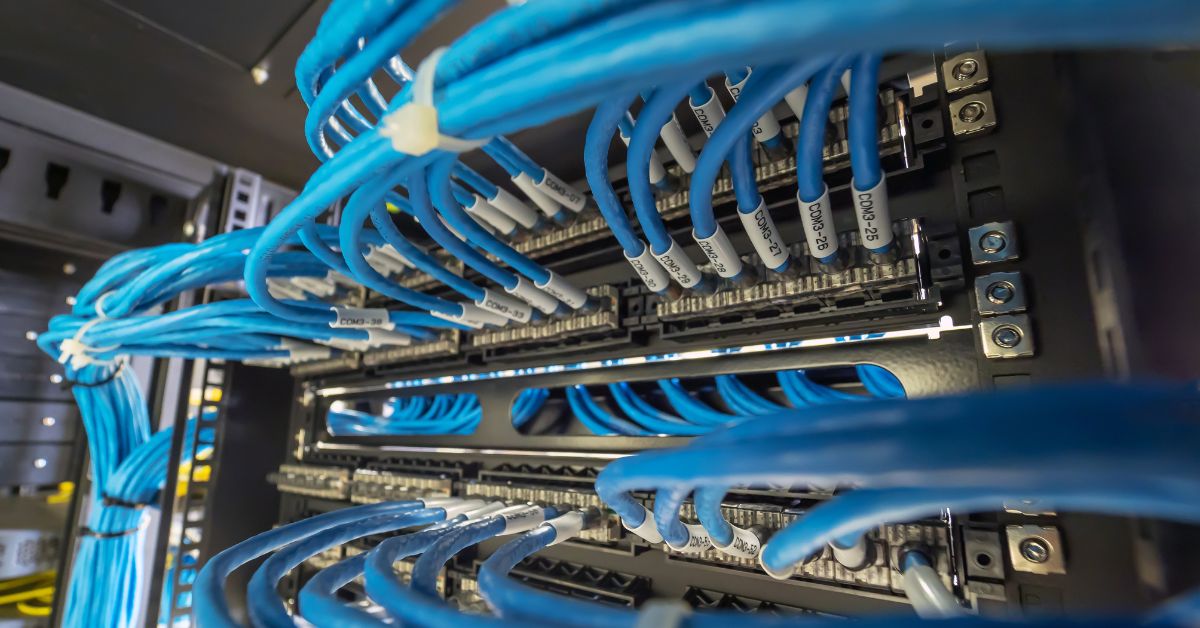Onsite IT Support Blog
TECH CHAT
Written by Onsite IT Support
Field Service Experts
Onsite IT Support Blog
TECH CHAT
Written by Onsite IT Support
Field Service Experts
Featured Onsite IT Support-Related Articles
Onsite IT Support Blog
TECH CHAT
Written by Onsite IT Support
Field Service Experts
Featured Onsite IT Support-Related Articles

Learn why structured cabling is essential for your business, how it improves network efficiency, and how to choose the right provider.
In these modern times, every business Onsite IT Support Services needs a reliable cabling system to handle their voice and data needs, and if you do not want any untoward delay in your operations due to a massive system failure, then you should only get the services of reliable cabling services. As the years passed, more and more technological innovations seemed to pop out of the woodwork, and this is all the more reason why you should get a cabling system that can manage all of these new devices and infrastructures so your business can reap all of their benefits.

As the name suggests, structured data cabling provides an organized system for connecting all of your important office devices. If you opt for a cheap cabling installation, there is a huge chance that most, if not the entire system, may not be able to function at its fullest. If you are not making full use of your data network, then you can akin it to throwing money in the toilet.
A well-structured cabling system will enable all of your data and voice equipment to interact with each other in the way they are meant to. A good cabling system should also function properly for many years to come and provide you with provisions for expansion should you need it.
Different companies have different needs, and this is also true of structured cabling systems. So, during your consultation with your chosen low-voltage data cabling services, you need to ascertain that they know your company’s particular needs and expectations. They should also be aware of the local ordinances regarding the kind of project they will be undertaking.
Carefully mapping cable routes prevents future disruptions and simplifies upgrades or repairs. Always plan for more than one cable per location to support redundancy and higher bandwidth needs. Avoid routing near electrical motors or high-voltage power lines to minimize interference; shielded cable or conduit may be required in trouble spots.
Use dedicated pathways—like cable trays, J-hooks, or conduit—to keep cables organized and properly tied up. Maintain separation of low-voltage and high-voltage wiring by at least several inches or within separate conduits to avoid crosstalk and signal degradation. Ensure bend radii never exceed the cable’s specification (e.g., no sharp 90° turns for Cat6)—use cable ties or clips.
Use manufacturer-specified tools for cutting, stripping, and crimping to prevent conductor nicking and maintain signal integrity. Terminate cables with correct pin T-568A or T-568B wiring schemes, and label both ends clearly for future identification. Test each run with a certified cable tester to verify continuity, pairing, and performance up to desired speeds (e.g., Cat6 1 Gbps or Cat6a 10 Gbps).
Follow ANSI/TIA-568 standards for structured cabling design, pathway space, and cable performance requirements. Use plenum-rated cables in air-handling spaces to meet fire safety codes and reduce toxic smoke in the event of a fire. Adhere to local building and electrical codes—many jurisdictions mandate specific clearances, support intervals, and firestop methods for low-voltage installations.
To make sure that you are dealing with reputable structured and low-voltage data cabling services, you need to look for a couple of essential details:
Need Professional Data Cabling or Starlink Installation?
We provide expert low-voltage data cabling services and Starlink installation services for residential, business, and maritime applications. 📞 Call us at 1-866-417-3945 for a free consultation!
We would like to thank you for reading our articles on Onsite IT Support Services.